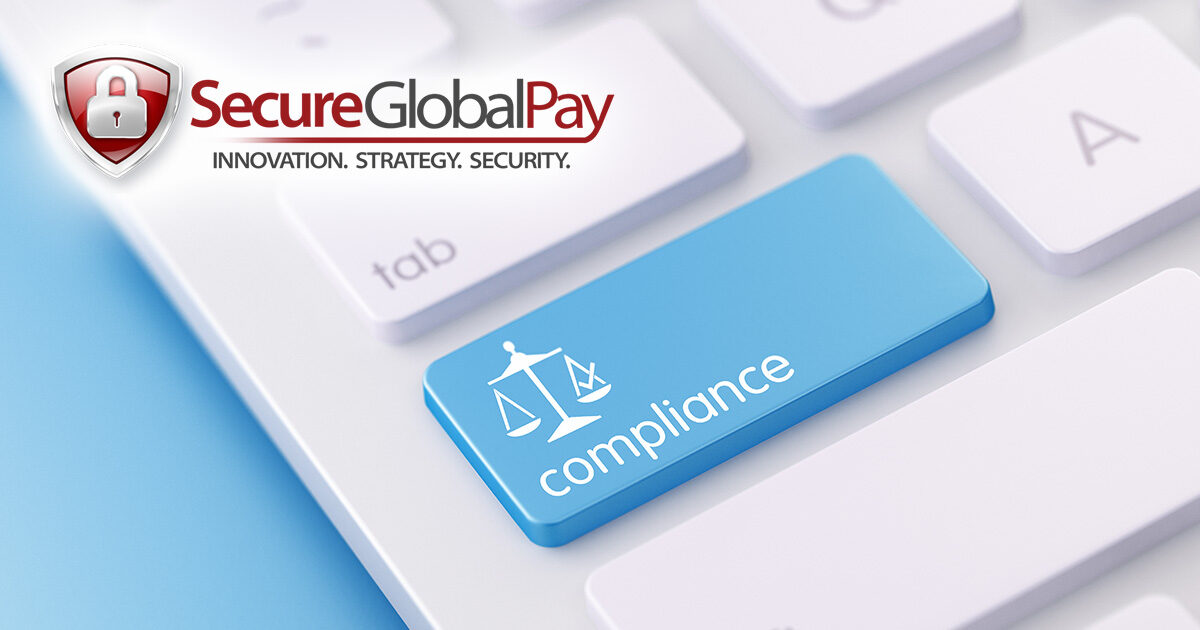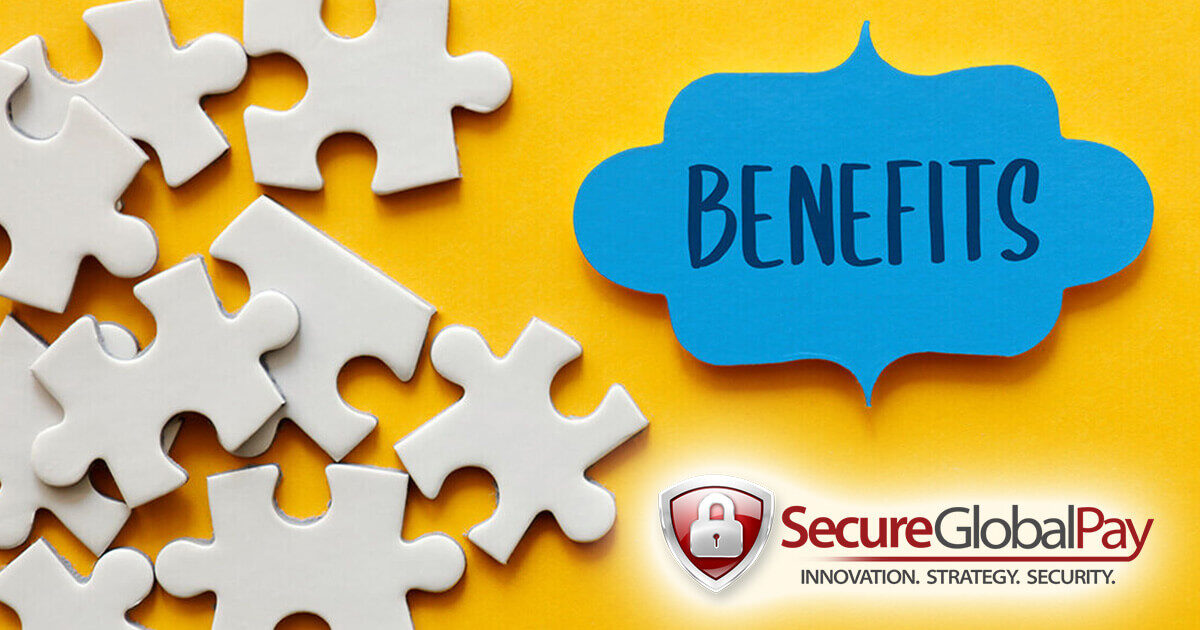
Level 3 Merchant Processing – Everything You Need to Know
Level 3 merchant processing is an advanced payment processing solution that provides businesses with higher levels of security and data to help them make smarter decisions. Certain level 3 credit card processing requirements are ideal for large corporations, including state and government-owned businesses, that process a high volume of transactions. Level 2 and level 3 credit card processing provides additional data and control options as it can increase the efficiency and accuracy of the payment process.
This blog post will provide an overview of Level 3 processing and its benefits. We will explain how Level 3 credit card processing works, the collected data, and how businesses can use it to their advantage. We will also explain why certain businesses must invest in Level 3 merchant processing solutions.
What Is Level 3 Credit Card Processing?
Level 3 transaction data are information and data sets collected during the payment process by credit card processing companies and payment providers. Level 3 credit card processing requirements require more detailed information than standard Level 1 or 2 processing. This additional detail includes line items, such as product descriptions and prices. This also includes customer purchase history and other related information.
Credit card companies use multiple levels of data when evaluating each transaction. Commonly, traditional transactions go into level 1 or 2 – this is where you’ll find all your daily purchases.! Higher levels are reserved for special cases and more intricate details.
The increased accuracy and control of Level 3 data processing results in improved security and reduced fraud. It also allows businesses to analyze their transactions, helping them make better decisions, reduce costs and increase profits.

Level 2 and Level 3 Credit Card Processing
The three different credit card processing levels are mostly based on the data needed to be retained by a specific vendor or customer. Level 1, level 2, and level 3 data credit card processing have unique requirements. These requirements are primarily determined by the relationship between the product or service provider and their customers. This way, you can ensure your payment processing is set up exactly as it needs to be.!
Level 1 Payment Processing
Level 1 processing is the most basic and includes only the standard information needed for a transaction. This includes the merchant name, transaction date, and transaction amount. B2B companies that accept large amounts of dollar volume must also worry about basic Level 1 processing.
The following is the requirement for level 1:
- Merchant name
- ZIP Code
- Transaction amount
Banks, payment processors, and secure payment gateways automatically record supplemental details like the date and time of the transaction, yet merchants do not explicitly record this information. Collectively, the basic information above constructs a level-one transaction.
Level 2 Payment Processing
Level 2 payment processing includes additional information along with Level 1 data. This includes Tax Amount details and customer code. To take advantage of Level 2 payment processing, merchants must have their payment gateway configured properly.
The following is the requirement for level 2 payment processing:
- All level 1 data
- Customer code or reference number
- Total sales tax amount
- Tax ID
A level 2 transaction requires a significant amount of data, but thanks to advanced point-of-sales systems, gathering what you need for these transactions is easy. With the right qualifications, your business can take advantage of all that level 2 offers.!
Level 3 Payment Processing
Level 3 processing is the most advanced and includes far more information than Level 1 or Level 2. This additional data helps merchants identify customers, better understand their purchase history, and track real-time inventory levels. Level 3 processing also helps reduce fraud and errors, providing greater accuracy and control over the payment process.
The following is the requirement for level 3:
- All level 1 data
- All level 2 data
- Postal code (both shipped from and shipped to)
- Invoice number
- Order number
- Product code
- Item description(s)
- Duty amount
- Freight amount
- Line item details of the purchase
Level 3 is the pinnacle of credit card transaction data – it requires a comprehensive set of data fields to be submitted for approval by major issuers. Submitting all required info ensures a smooth transaction, with fewer processing errors and reduced fraud. Level 3 data lets you gain more insight into customer behavior while tracking inventory levels in real time. It even extends specific incentives to qualified customers.

Benefits of Level 3 Processing for Businesses
By utilizing Level 3 processing, businesses can gain greater control and accuracy over their payment processes. This increased insight into their customers’ purchase behavior can help them identify growth areas, make better pricing decisions, and even measure customer loyalty. Additionally, businesses can benefit from improved security and reduced fraud associated with Level 3 processing.
Large companies and government agencies have added protection when handling their finances. With a proper credit card payment processing system, they can precisely track spending with detailed reports that provide significant oversight. It also helps ward off unwanted access to funds by placing extra restrictions on those with company-issued cards. It also ensures no one takes advantage of the power they have been granted. granted!
Lower Processing Fees
Merchants can lower their processing fees by using the additional Level 3 data fields. This is because the more information provided during a transaction, the lower the risk of fraud and errors. It also means card acquirers are less likely to be charged higher fees.
Get Paid Faster
The additional data provided through Level 3 processing also helps merchants get paid faster. This enables card issuers to quickly identify and approve transactions, resulting in quicker payment for the merchant. Level 3 data processing can help save the day for businesses with cash flow issues. It’s quick to process those transactions, meaning you don’t have to worry about delays.!
Access to Additional Customers
With Level 3 processing, businesses can accept payments from larger corporate customers that require the extra data and security that this type of processing provides. This allows them to access a broader customer base, resulting in more sales. Level 3 infrastructure can open the doors to many more potential customers, leading you to greater success and additional income.

Level 3 Credit Card Processing Requirements
Visa and Mastercard are the only two credit card providers that offer Level 3 processing, and by doing so, they also offer the best possible interchange rate. To qualify for this top processing tier, both networks have specific requirements that must be met.
What are the level 3 credit card processing requirements for Visa?
To qualify, you must have between 20,000 and 10,000,000 yearly transactions through Visa. In addition to having the necessary transaction volumes, Visa requires businesses to submit an Attestation of Compliance (AOC) and a Self-Assessment Questionnaire (SAQ) each year. This is to ensure compliance with all of their security requirements.
To maintain data safety and integrity, an Approved Scan Vendor (ASV) must also run a network scan on the business’s system. These requirements must be met to receive Level 3 processing from Visa.
What are the level 3 merchant processing requirements for Mastercard?
To qualify, you must have between 20,000 and 10,000,000 Mastercard and/or Maestro transactions annually. Additionally, all applicants require an annual self-assessment and another online assessment. Also, note that Visa will also expect the same network scan.

Interchange Rates and Level 3 Merchant Processing
Level 3 Merchant Processing is a form of credit card processing that allows businesses to save money on transaction fees. This is done by utilizing interchange rates set by Visa and MasterCard.
Interchange fees are the primary component of credit card processing fees and make up 75-90%. Level 3 interchange applies to business-to-business (B2B) and business-to-government (B2G) purchases. This is the lowest tier of interchange rates.
Level 3 Merchant Processing can significantly reduce transaction costs for businesses that accept commercial transactions. By providing additional details about each transaction, businesses can qualify for lower interchange rates. This can save them up to 1.5% over regular Level 1 merchant processing fees.
Overall, Level 3 Merchant Processing offers businesses a great way to save money on transaction fees. Businesses can significantly reduce their credit card processing costs by providing additional details about each transaction. They can qualify for lower interchange rates without sacrificing quality or service.
Be Aware: You Might Not Get Level 3 Interchange Rates!
Level 3 interchange rates can help your business save on costs associated with card usage. However, it is important to note that even by sending level 3 line item details, you may not automatically qualify for these lower rates.
Visa and Mastercard have specific rules that must be followed for a transaction to qualify for level 3 interchange rates. Violating these may not only make the transaction ineligible for level 3 interchange rates, but it could also cause the transaction to downgrade to standard.
The two main factors that can disqualify your business from receiving level 3 interchange rates include the following:
- Pre-authorizing and settling a transaction above the original authorization.
- Not settling a transaction within 48 hours.
Additionally, leaving out the zip code field can also cause this problem.
Therefore, ensuring that all transactions follow these rules is crucial to take advantage of level 3 interchange rates. Make sure you check with your processor to confirm whether or not you are set up for cost-plus pricing. Also, check that any information needed is entered correctly. Doing this will help your business save money in the long run.

Frequently Asked Questions
What is Level 2 and Level 3 processing?
Level 2 and Level 3 processing are two forms of credit card transactions. Both require extra data to approve the transaction, but Level 3 requires the most information. Level 3 offers merchants the most significant benefits of a credit card transaction.
What is B2B Level 3 processing?
B2B Level 3 processing is a type of credit card processing specifically designed for companies to accept payments from large customers. This requires extra data fields to be submitted along with the transaction. Level 3 offers improved security, reduced fraud, and lower processing fees.
What are the level 3 credit card Processing details?
Level 3 data requires a comprehensive set of fields submitted for approval by major issuers during processing. This includes postal codes, invoice numbers, item descriptions, freight amounts, etc.
What are the level 3 interchange rates?
Level 3 interchange rates are the lowest tier of interchange fees available to businesses that accept commercial transactions. By providing additional details about each transaction, businesses can qualify for lower interchange rates. This way, you can save up to 1.5% on processing costs.

Final Words
Level 3 Merchant Processing is the perfect way for businesses to save money on transaction fees without sacrificing quality or service. By providing additional details about each commercial transaction, businesses can qualify for lower interchange rates. It will also reduce their credit card processing costs.
However, following proper procedures and ensuring all required data fields are entered correctly is essential to take advantage of these savings. Check with your processor to confirm that you are set up properly. Also, make sure you have entered all the necessary information correctly.
At SecureGlobalPay, we are experts in Level 3 processing and can help you take advantage of its benefits. We provide retail and e-commerce solutions with fast approval and low-cost processing. Contact us today to learn more!




